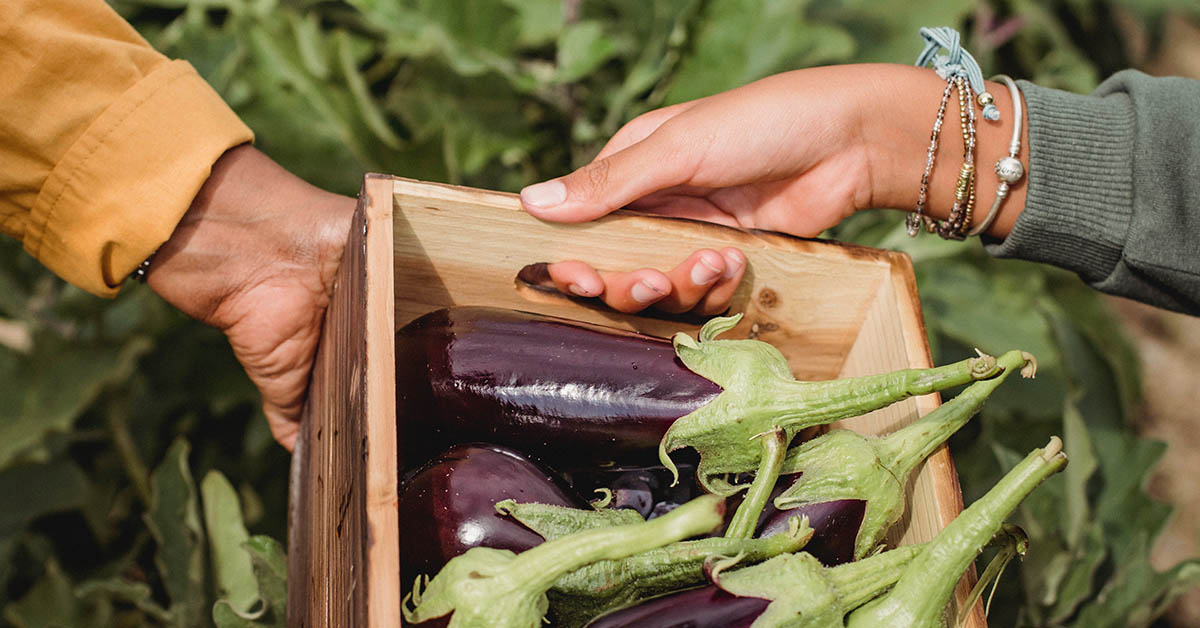In partnership with Produce Alliance
Due to the pandemic, many challenges continue to be identified in all areas of the foodservice industry—with produce being one of them. Even before COVID hit, there were already issues that growers and shippers were presented with such as unexpected weather conditions and low wages.
Ever since the peak of the Pandemic in March of 2020, the produce industry has taken significant hits that may take months or even years to recover.
Even though the industry is still experiencing various negative impacts from the Pandemic, the following continue to get more challenging to navigate.
Labor Shortage
The Produce Industry is facing issues in its ability to find qualified workers. As the worry for labor shortages in the industry continues to grow, operations in all other areas involved are now affected as well. From restaurants to food retail, filling positions is more complicated than it was pre-COVID when farm labor was already struggling. Because more skills are required due to the evolution of automation and technology, many candidates struggle to look for jobs because employers now have higher expectations. Studies done through the Farm Journal Labor Survey conclude that 87% of farm employers and 91% of ag retailers are finding it tougher to fill positions. However, many believe that COVID-19 unemployment benefits play a heavy role in keeping applicants away.
To add, global competition is another burden to employers because it is evident that no paid time off or health insurance benefits in the farm labor industry is steering people toward other sectors. On the other hand, farm employees have different experiences with finding jobs in the current market. 41% of employees say it’s the same as it’s always been, while another 41% say it’s easier to find a job than in previous years. 18% say it’s harder to find a job than in previous years. It seems there are mixed responses from each perspective, but one thing is still very clear, and that is— there is indeed a labor shortage that is affecting many operations in the U.S. When the farm-industry is faced with a dilemma, the produce industry is also affected.
Materials
Unfortunately, labor shortages aren’t the only problem being faced in the industry. Material costs are increasing rapidly not only due to the pandemic, but also, fires out in the west coast, as well as higher fuel prices. Packaging materials, wood products, and growing costs have all skyrocketed immensely. Pallet prices have surged 53.5% as lumber prices are out of control with no relief in sight. Raw Materials have increased by 3% overall and energy at 10%.
Among the pallet price increases, there is also a severe pallet shortage that is causing a widespread effect on the produce industry. With this, a significant number of issues are being faced. To name a few—a lack of available trucks, limited shipping containers, and oscillating fuel costs are all playing a role. The shortage and price increase of lumber are also large issues affecting the ability to repair and build new pallets, which thus, affects the produce industry. Farmers are being turned down by pallet suppliers because existing customer demands are unable to be met.
Inflation
An unforeseeable level of inflation is causing yet another challenge within the industry. According to the Consumer Price Index (CPI), an economy-wide inflation is up 5.4% from June 2020. Food prices are now 2.4% higher than they were in June of 2020. Although fresh fruit prices have decreased by 0.9% from May to June of 2021, they are still 5% higher (on average) in 2021 than they were in 2020. Citrus sits at the largest price increase among all subcategories of fresh fruit, with a 3% increase from May to June of 2021, according to the Food Price Outlook from the U.S. Department of Agriculture. Apples are at a close second with a 2.5% increase. As time goes by, above-average inflation in almost all food categories is predicted to continue throughout the year of 2022.
Many major food and beverage manufacturers have had to issue “warnings” about price increases on the way. The USDA is tracking food-at-home categories and the largest price increase has been within the fresh fruit category, according to The Packer. On the other hand, farm-level vegetable prices are 18.2% lower (on average) in 2021 than they were in 2020. Farm-level wheat is predicted to increase between 30 and 33% in 2021. Inflation rates are through the roof and are affecting all aspects of the food-industry, especially at the produce-level. There is no sign of prices decreasing anytime soon.
Produce Alliance Can Help
With the industry seeing challenges in many areas of the supply chain, there are still a number of ways you can alleviate the ones that are in your control. If you’re looking for produce solutions to help your operation navigate through these challenges, Produce Alliance can help. We specialize in providing produce category management services that assist with national distribution, food safety assurance, and much more. Produce Alliance manages 100+ independently-owned specialty distributors of fresh products. We provide transparency in the supply chain, ensuring your needs are met in the most reliable and reasonable way. Do not let these challenges discourage your operation from succeeding.
Contact Produce Alliance today!





